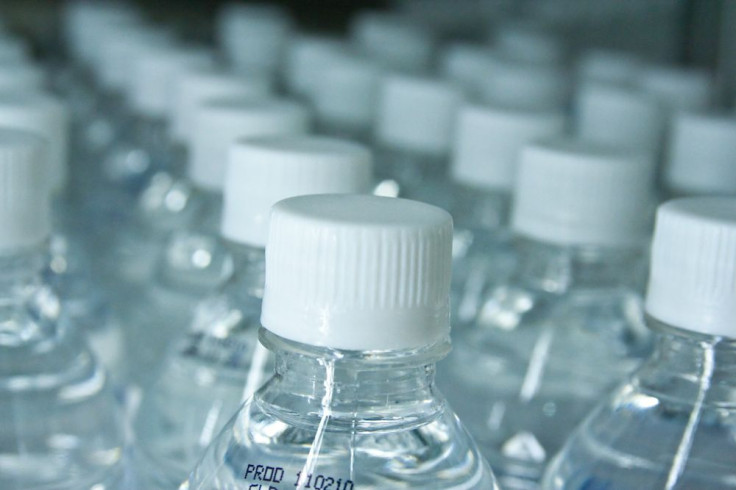Increasing Water Intake By 1 to 3 Cups A Day May Easily Lead To A Healthy Diet; Cuts Calories, Sodium, Sugar, And Cholesterol

Water is a go-to beverage for those trying to lose or maintain weight, but it may also provide additional dietary benefits, according to a new body of research from the University of Illinois. The new study, published in the Journal of Human Nutrition and Dietetics, reveals the amount of calories, sodium, sugar, and cholesterol people can cut by drinking more water.
"The impact of plain water intake on diet was similar across race/ethnicity, education and income levels and body weight status," said the study’s co-author Ruopeng An, a kinesiology and community health professor at the University of Illinois, in a press release. As a result, the research team believes the findings may be used as a component of nutrition interventions and education campaigns, such as promoting the replacement of high-calorie beverages with water.
To figure out how much water can influence a person’s food-consumption patterns, An collected data showing what 18,300 people ate and drank over two days taken from the 2005 and 2012 results of the National Health and Nutrition Examination Surveys. Participants drank an average of 4.2 cups of plain water each day, and consumed 2,157 calories. Of those, 125 calories came from sugar-sweetened beverages and 432 calories from low-nutrient, calorie-dense foods, such as desserts, pastries, and snacks.
However, the more plain water a person drank, the fewer calories, sugar-sweetened beverages, and low-nutrient food they consumed. Fat, sodium, cholesterol, and additional sugar came directly from the unhealthy, low-nutrient food consumed. When study participants increased their water consumption by one to three cups each day, they decreased their calorie intake by 68 to 205 calories, their sodium intake by 78 to 235 grams, their sugar consumption by 5 to 18 grams, and their cholesterol intake by 7 to 21 grams.
The Centers for Disease Control and Prevention recommends keeping a water bottle with you for easy access to water while you’re out running errands, commuting, or exercising. Substituting water for one 20-ounce sugar-sweetened soda will save you roughly 240 calories each time you make the swap, amounting to thousands of calories cut over time. Choose water while dining out to save both money and cut back on empty calories. Adding flavor with a lime or lemon wedge may help encourage you to increase your water intake.
New York City public schools adopted a weight loss program relying solely on self-serve water dispensers to increase water consumption among students. As a result, they decreased the amount of caloric beverages students consumed and increased the amount of water consumed daily over the course of five years. Students, especially those who were obese, lost weight. The program only cost the school $1,000 to install and run.
But what is the ideal amount of water to drink each day? Recently, a panel of experts from Harvard announced drinking 30 to 50 ounces of water, which is the equivalent to roughly four to six glasses of water, is the ideal dose of water a day. But experts warn dieters shouldn’t go overboard when drinking water. Flooding the body with fluids is not a weight-loss trick, it’s simply a way to cut unnecessary and unhealthy calories from your diet.
Source: An R and McCaffrey J. Plain water consumption in relation to energy intake and diet quality among US adults, 2005-2012. Journal of Human Nutrition and Dietetics. 2016.
Published by Medicaldaily.com



























